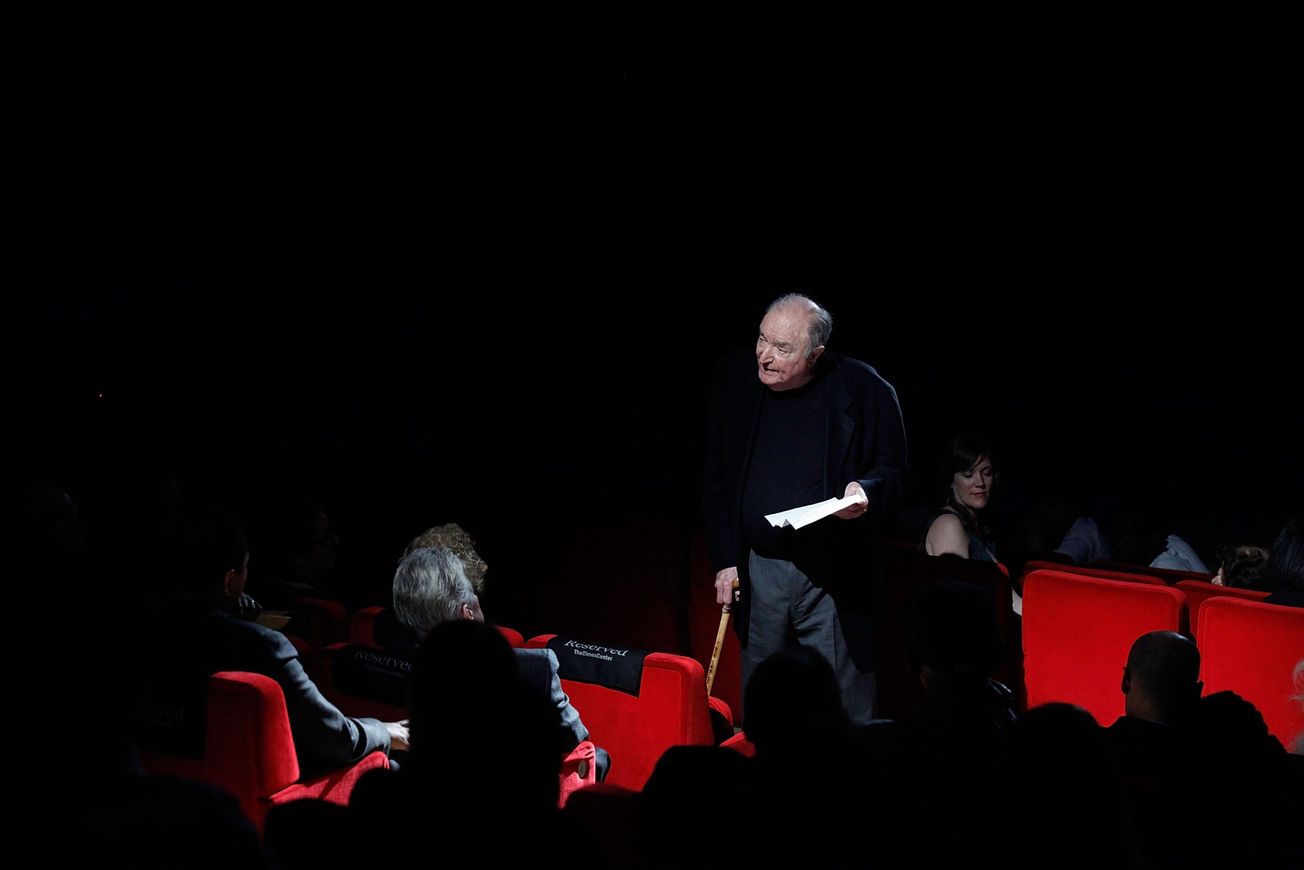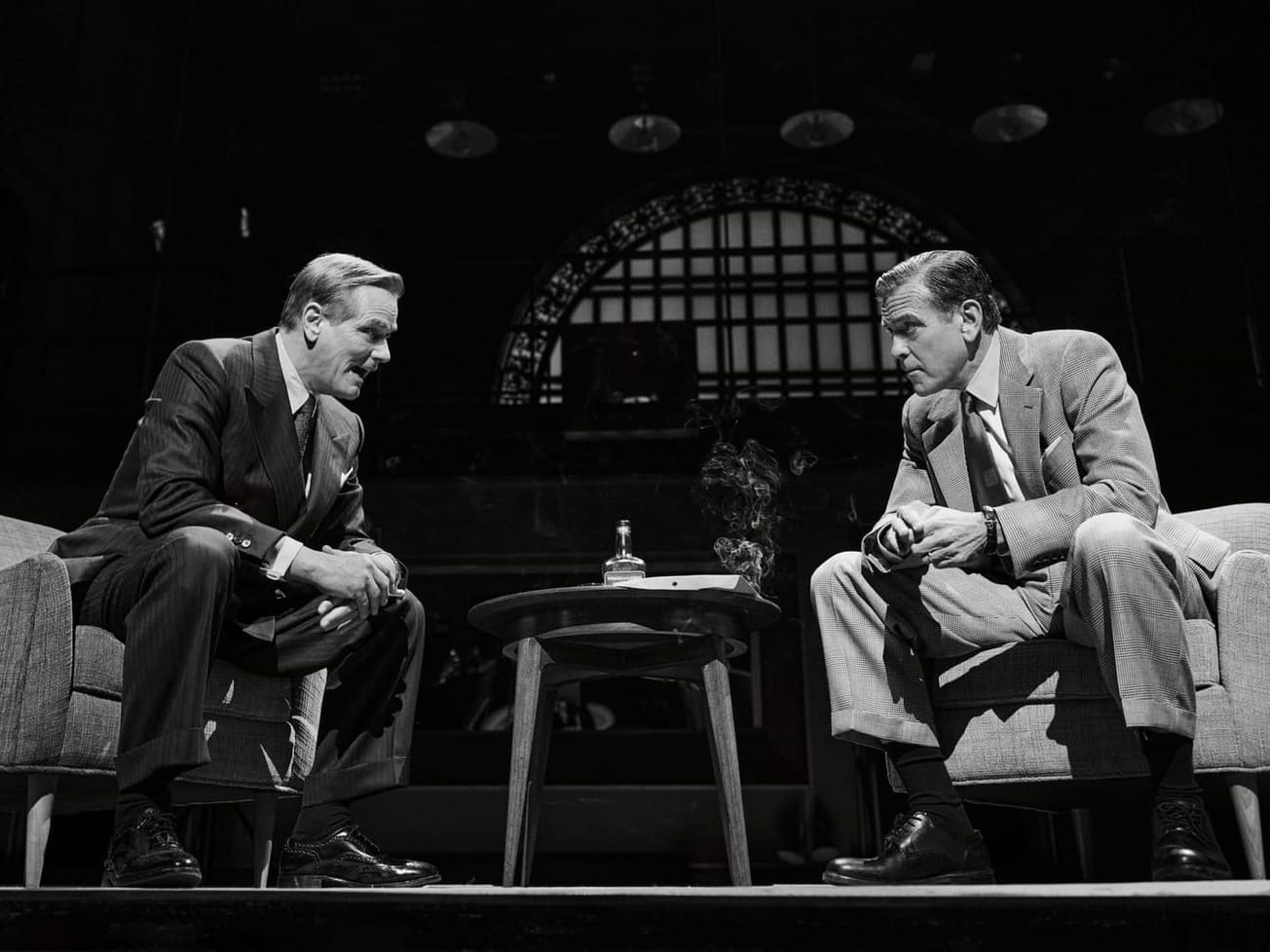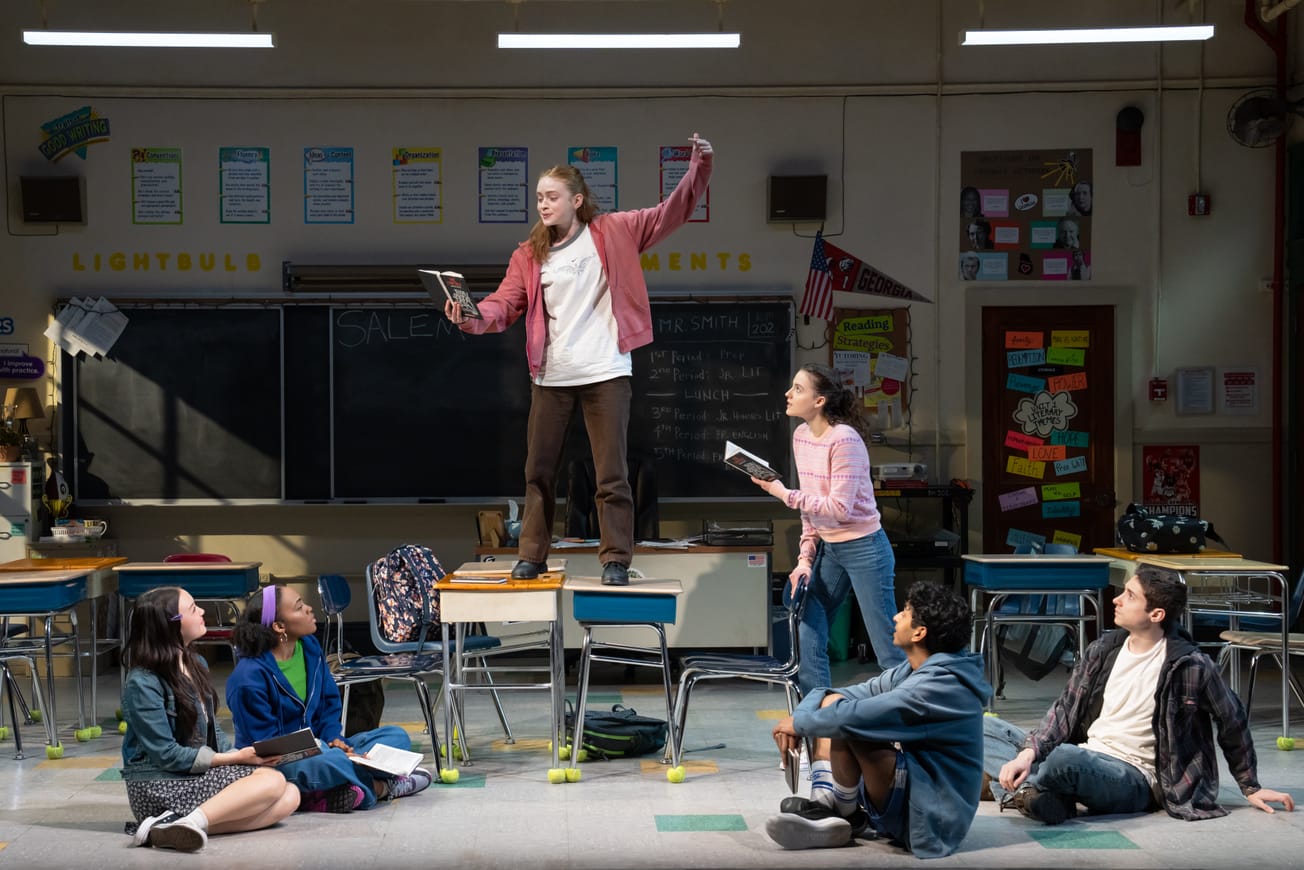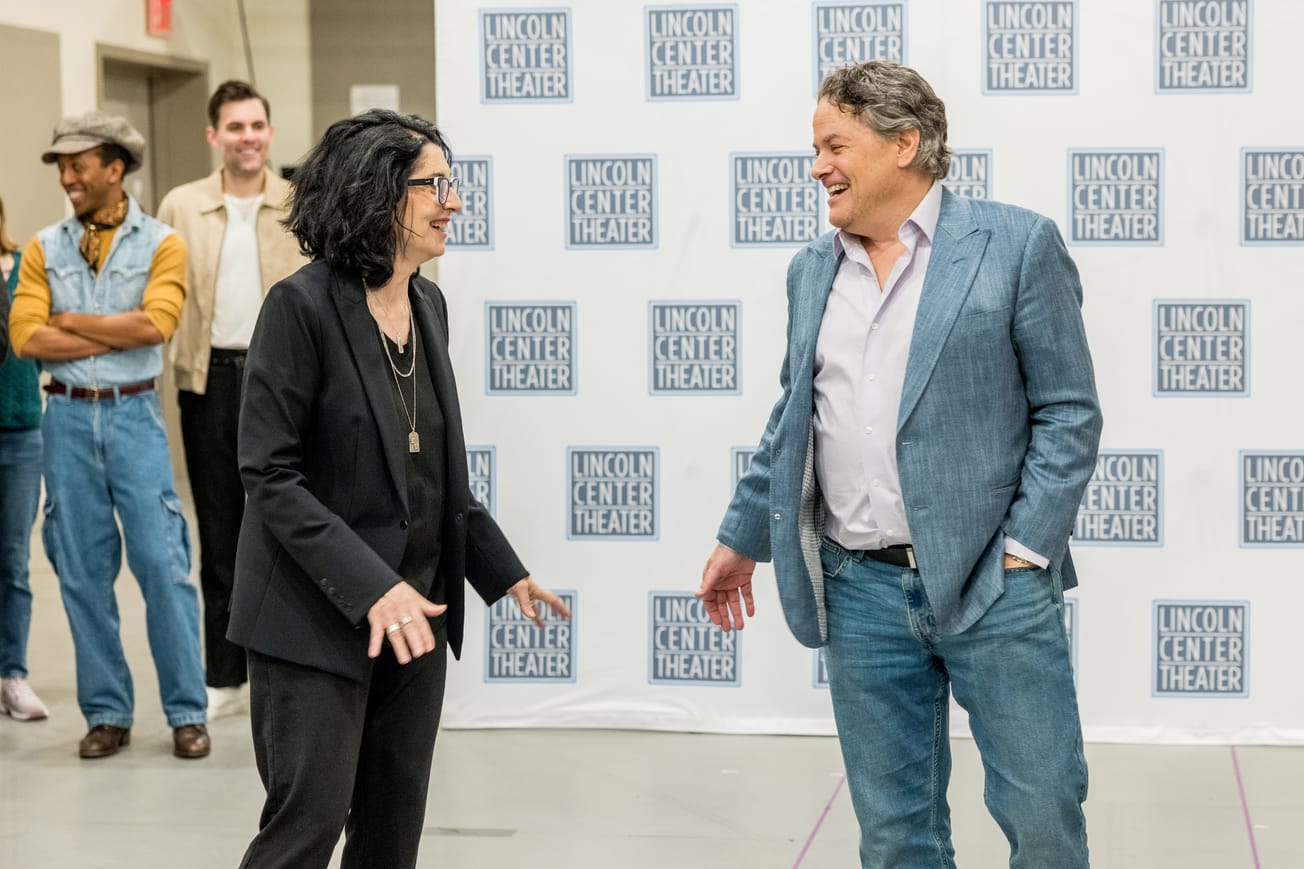Wynn Handman, a revered acting teacher whose Off-Broadway company, The American Place Theatre, defied Broadway commercialism while providing early support to many of the country’s most talented writers, actors, directors and designers, died in the early morning hours of April 11 at his home in Manhattan.
The cause was COVID-19-related illness, according to Handman’s elder daughter, Laura Handman. He was 97 years old and had continued teaching his select classes as recently as March 9, when the coronavirus epidemic forced the suspension of group gatherings.
Handman, along with actor Michael Tolan and Sidney Lanier, a theater-besotted Episcopal minister, founded the American Place in 1963 at St. Clement’s Church on far West 46th Street. They were determined to offer important American writers a home to develop work for the theater.
The APT took its first public bow the following year with “The Old Glory,” a triptych of plays by the Poet Laureate Robert Lowell. The ambitious show starred Frank Langella, Lester Rawlins and Roscoe Lee Browne, and marked the directing debut of Jonathan Miller. It was rewarded with five Village Voice Obie Awards, including Best American Play, a remarkable feat for a new company — especially one housed north of 14th Street. Many more Obie accolades would follow, including an award to Handman in 1999 for Sustained Achievement.
The list of theater artists who worked at the American Place or were students in Handman’s classes (or, more often, both) is a Who’s Who of the American theater. Actors in the company roster included Dustin Hoffman, Morgan Freeman, Rául Juliá, Michael Douglas, Olympia Dukakis, Faye Dunaway, Mary Alice, Richard Gere, Marian Seldes, Robert de Niro, James Caan, Joanne Woodward and Joel Grey. Bill Irwin, Eric Bogosian, Cynthia Heimel, Roger Rosenblatt, Aasif Mandvi and John Leguizamo all developed and performed in early shows there.
Actor and playwright Sam Shepard had his first full-length play, “La Turista,” presented at the American Place and was a lifelong supporter of the company and its artistic director. Other writers who gained recognition through their association with the APT included Ronald Ribman, Jonathan Reynolds and Steve Tesich.
Handman was an early Social Justice Warrior, cultivating radical writers such as George Tabori and W.D. Snodgras, as well as emerging women playwrights, including Emily Mann and Maria Irene Fornes, and playwrights of color, notably Ed Bullins, Frank Chin and Ron Milner. One of his closest friends and collaborators was New Federal Theatre founder and director Woodie King, Jr., who was essential in bringing the work of black artists to the APT.
A freelance director and protégé of Neighborhood Playhouse founder Sanford Meisner, Handman had also worked within the Actors Studio when he began to conceptualize the American Place.
“I wanted to direct,” Handman told me in an interview for “Wynn Place Show,” my biography of the director and his theater. “I became acutely aware that if a play wasn’t commercial — that is, for Broadway — there was no place for it.”
“As an artistic director and teacher,” former Village Voice and New Yorker magazine drama critic John Lahr wrote in an email, “his view of the importance of theater and intellectual debate was crucial to the American postwar theatrical scene.”
In 1970, the American Place moved several blocks east on 46th Street, to Sixth Avenue, where a state-of-the-art grotto theater had been built to Handman’s specifications. It was a beneficiary of the administration of Mayor John V. Lindsay program to create business and public spaces in Midtown-West. The space is now a complex run by the Roundabout Theatre Company.
Beginning in the 1980s, the American Place saw increased competition from a new generation of nonprofit theater companies. In response, Handman launched an educational program, “Literature to Life” in which he adapted contemporary literary works, including “The Secret life of Bees” and “The Glass Castle,” for presentation by his acting students to New York City public school classes.
Handman was predeceased by his wife, Barbara, with whom he shared a lifelong commitment to activism in the service of Democratic progressive politics. They are survived by daughters Laura Handman and Liza Handman, and their families. And as Handman followed Meisner in developing a concise yet humanistic approach to the teaching of acting, so Handman’s former student and aide Billy Lyons will continue working with students. Lyons’ documentary about Handman, “It Takes A Lunatic,” is now on Netflix after premiering at last year’s TriBeCa Film Festival.
A celebration of Handman’s life will take place when groups of people are again allowed to gather in theaters and other American places.


























































